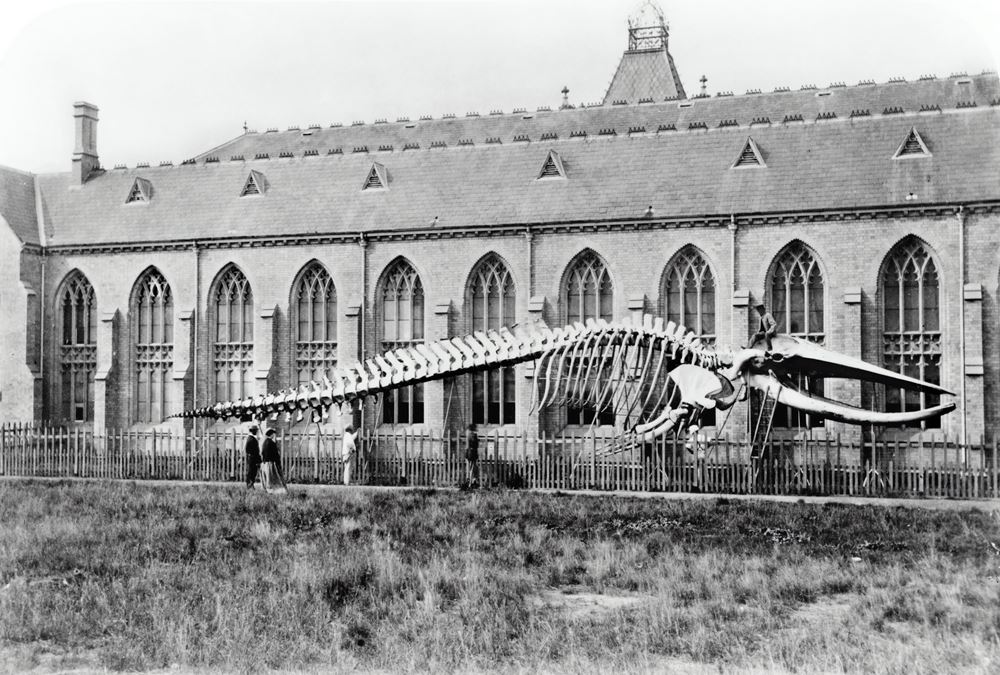- Home
- Business Processes
- Industry Knowledge
- Aerospace Industry
- Automotive Industry
- Banking Domain
- BFSI Industry
- Consumer/ FMCG Industry
- Chemicals Industry
- Engineering & Construction
- Energy Industry
- Education Domain
- Finance Domain
- Hospitality Domain
- Healthcare Industry
- Insurance Domain
- Retail Industry
- Travel and Tourism Domain
- Telecom Industry
- Leadership Skills
- eLearning
- Home
- Domain Knowledge
- Education Domain
- History of Education & Its Growth as an Industry
History of Education & Its Growth as an Industry
Education in its general sense is a form of learning in which knowledge, skills, and habits of a group of people are transferred from one generation to the next through teaching, training, research, or simply through autodidacticism. This article takes you through the history of education and its development as an industry.
Education in its general sense is a form of learning in which knowledge, skills, and habits of a group of people are transferred from one generation to the next through teaching, training, research, or simply through autodidacticism.
Education in Pre-History Times:
Presumably every generation, since the beginning of human existence, somehow passed on its stock of values, traditions, methods, and skills to the next generation. Education has been practiced since time immemorial to instill social and cultural values. In ancient times, the education system was verbal, carried out generally by the elders of the family.
In pre-literate societies, education was achieved through demonstration and copying as the young learned from their elders. Rural communities had few resources to expend on education, and there was a lack of commercially available products for schools. At later stages, they received instruction of a more structured and formal nature, imparted by people not necessarily related, in the context of initiation, religion or ritual. Some forms of traditional knowledge were expressed through stories, legends, folklore, rituals, and songs, without the need for a writing system. Tools to aid this process include poetic devices such as rhyme and alliteration. The stories thus preserved are also referred to as part of an oral tradition. In ancient India, the Vedas were learned by the repetition of various forms of recitation. By means of memorization, they were passed down through many generations.
The Development of Writing System:
Oral traditions were central in societies without written texts. With the gradual rise of more complex civilizations in the river valleys of Egypt and Babylonia, knowledge became too complicated to transmit directly from person to person and from generation to generation. To be able to function in complex societies, man needed some way of accumulating, recording, and preserving his cultural heritage. So with the rise of trade, government, and formal religion came the invention of writing. The writing system developed around 3500 BC, enabling the recording and sharing of information. With the advent of the writing system - people were able to record and share information. This became the foundation of formal education.
Various materials were used for early writing including wax-covered writing boards, sheets or strips of bark from trees, the thick palm-like leaves of a particular tree, the leaves then punctured with a hole and stacked together like the pages of a book, parchment, made of goatskin that had been soaked and scraped to remove hair, vellum, made from calfskin, and wax tablets which could be wiped clean to provide a fresh surface.
Start of Formal Education:
The education industry was initially associated with law, trade and commerce, religion, and civil administration. Formal education was available to only a small fraction of the population. The first large established university is thought to be Nalanda established in 427 A.D in India. The first university establishments in the western world are thought to be the University of Bologna (founded in 1088) and later Oxford University (founded around 1096).
The system developed in most countries after 1850 CE. Providing literacy to most children has been a development of the last 150 or 200 years or even the last 50 years in some Third World countries.
Modern System of Education:
Since the 19th century, education has developed substantially into the modern system for standardized education. The modern education industry is based on structured training that's developed by experts, who use organized instruction to create a systematic curriculum. In other words, someone develops a curriculum and then an instructor uses the material to educate a group of students – typically in a classroom. Nowadays some kind of education is compulsory for all people in most countries. Due to population growth and the proliferation of compulsory education, UNESCO has calculated that in the next 30 years more people will receive formal education than in all of human history thus far. The modern education industry consists of training by professionals and organized instructions with respect to systematic curricula and pedagogy.
Education & Technology:
One of the most substantial uses in education is the use of technology. Also, technology is an increasingly influential factor in education. As computers have become more and more commonplace, people are able to learn from their own homes. From online courses to the vast amount of information available on the Internet, people have access to a wider range of learning opportunities than ever before. Advances in technology have forced the education industry to change as well. Companies have had to adapt their products to reflect the new technology-driven learning environment. Computers and mobile phones are used in developed countries both to complement established education practices and develop new ways of learning such as online education (a type of distance education). This gives students the opportunity to choose what they are interested in learning. The proliferation of computers also means the increase of programming and blogging.
Technology offers powerful learning tools that demand new skills and understandings of students, including Multimedia, and provides new ways to engage students, such as Virtual learning environments.
Technology is also being used in the assessment of students. One example is the Audience Response System (ARS), which allows immediate feedback tests and classroom discussions. Even businesses have adapted, and the way they train employees has evolved. Many companies use technology platforms to provide education to their employees – whether it's in the form of self-directed online learning or classroom learning with a laptop and projector.
All of these changes have caused illiteracy rates to decrease significantly. In most industrialized countries, illiteracy is practically nonexistent. Illiteracy rates are expected to decline even further in other countries too in the coming decades as more and more people gain access to formal education.
Related Links
You May Also Like
-
How to Improve Education System
The education industry today is faced with many challenges, and in order to improve the education system and the performance and development of the education industry, the major improvement must be made in the sector. This article discusses the major components that need to be worked upon to create an effective improvement strategy.
-
History of Education & Its Growth as an Industry
Education in its general sense is a form of learning in which knowledge, skills, and habits of a group of people are transferred from one generation to the next through teaching, training, research, or simply through autodidacticism. This article takes you through the history of education and its development as an industry.
-
Challenges in Education System
The Education sector underwent some major changes over the past five years. Enrolment in private schools outpaced government school enrolment for much of the period. Tutoring businesses and universities have offered new services to expand their market base. Online education is a major development for the Education Division, and technology is permeating all areas of education. Understand some of the major challenges that are faced by the education sector today.
-
What drives the Education Industry
In the section, we will discuss the drivers of the education industry. Business drivers are influences, both internal and external, that significantly impact the direction of an industry. This will help the learner understand the internal and external factors that have a significant influence on the education industry.
-
The education industry is divided up into four sectors, which all have their own roles and functions. Each of the sectors caters to a growing demand for cutting-edge education products and services. Each category has distinct market segments, all of which are defined in this article below. For learners to understand the dynamics of the education industry, having a clear picture of the industry is crucial. This understanding will help in researching education companies, determining a career path, and even exploring potential employers.
-
Importance of Education Industry
Nelson Mandela has said, “Education is the most powerful weapon which you can use to change the world.” The following article touches on some aspects that highlight the importance of education industry for human society.
-
Different governments and different standards classify levels of education differently. There is a difference in nomenclature that is in practice today. However, for the purpose of simplicity, all classifications can be mapped to the grid provided in this article. Given below are commonly used different levels in the education process.
-
The education industry is expanding rapidly and its many businesses are eager for new talent, including experienced professionals and enthusiastic individuals just entering the workforce. The education industry can be described as the collection of organizations and businesses that provide products and services aimed at enhancing the quality of education in society. Read more to gain a complete overview of the education industry.
Explore Our Free Training Articles or
Sign Up to Start With Our eLearning Courses

About Us
Learning
© 2023 TechnoFunc, All Rights Reserved








